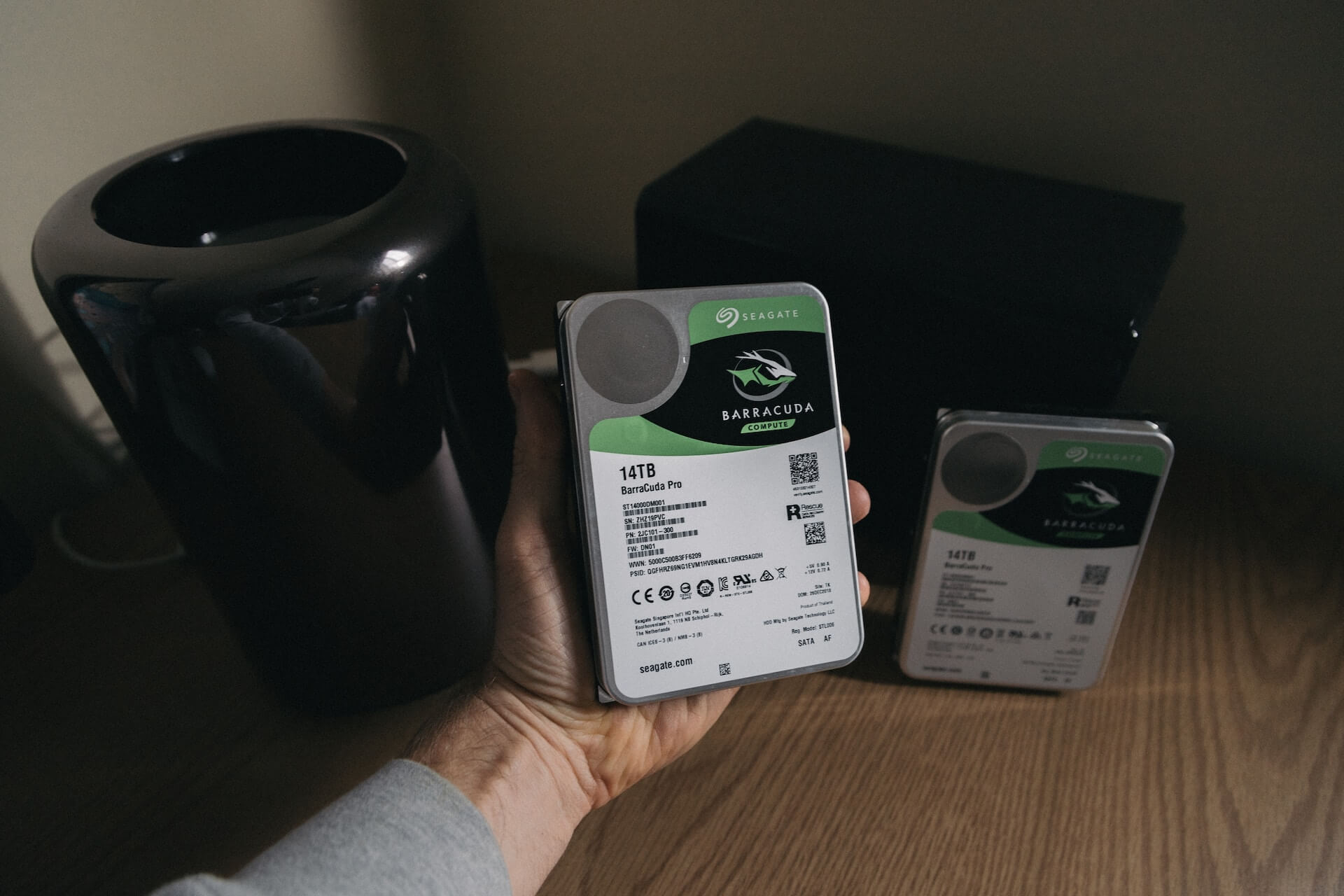
As we all know, using a camera to take pictures requires sensitive materials to record images. The sensitive material of traditional cameras is film, while the sensitive material of digital cameras is light sensitive elements (CCD or COMS). Compared with the area of 35mm film, if the size of the sensor area is close to or equal to that of 35mm film, it is a full frame size. The SLR camera with this size is a full frame SLR camera.
Based on the existing manufacturing technology and process level, it is difficult to manufacture large-sized full width photoreceptors, which are expensive. Therefore, most of the photoreceptors used in digital cameras are not full width, and their size is between 135 camera negative and household digital photoreceptors. The most common is the "APS-C" specification.
For example, the film size of traditional 135 camera is 36 × 24mm, Canon EOS-5D digital SLR adopts a CMOS size of 35.8 × 23.9mm, close to 36 × 24 mm size. Therefore, Canon EOS-5D belongs to full digital SLR. Since the area of the photoreceptor of the full frame SLR is equal to or similar to that of 35mm film, the focal lengths of all lenses configured are the same as those of traditional cameras.

Because 35mm film is widely used, 36 × 24mm becomes a specification. Under this specification, 35mm becomes a standard for judging the angle of view of a lens. For example, 28mm lens can achieve wide angle, 35mm is the standard angle of view, and 50mm is the angle of view close to the human eye. However, in the digital era, the photoreceptors used in digital SLR cameras are mostly non 36 × 24mm size, so there is a magnification problem. For example, APS-C size, magnification 1.5 (Canon 1.6); 4/3 system, magnification 2; Sigma X3 system, magnification 1.7; Canon APS-H size; Multiplication 1.3, etc.
Take Canon EOS 400D (APS-C frame) and an 18-55mm lens as an example. After multiplying by 1.6 times, the equivalent focal length of the lens on the camera will become 28.8-88mm. However, if a full frame SLR is used with an 18-55mm lens, the focal length will remain unchanged.
Therefore, the advantage of full frame is obvious. It can not only make full use of the old lens, but also because of the large area of the CCD/CMOS sensor. In this way, the more photons are captured, the better the sensitivity and the lower the signal-to-noise ratio. This is why it is said that full frame SLR is a major trend in the development of digital SLR in the future.
Canon was the first manufacturer to launch full screen SLRs. The EOS 1Ds launched in June 2002 established Canon's position as the king. Later, Canon launched the EOS 1Ds Mark II, the first "civilian" full screen SLR EOS 5D, and the EOS 1Ds Mark III, which came late in the second half of 2007. The camp of full screen SLRs is growing.
As for the huge market of full picture, camera manufacturers of other brands have long been eyeing it. Nikon finally launched its first full picture DSLR D3 in 2007. The introduction of this DSLR is of great significance. It not only breaks the monopoly myth of Canon's full picture DSLR, but also points out the direction for the future development of digital DSLR.
Camera tip: the origin of 35mm film
In the 1920s, Leica developed 35mm film (36 × 24mm) camera, 35mm film was also called "Leica roll". Later, more and more cameras were produced by factories around the world to shoot 35mm film. The name "Leica roll" was no longer suitable, so it was changed to "35Mm film" according to the width of film. Until the 1950s, in order to distinguish 35mm film from 35mm bulk film for cameras, 135 code was printed on the film box. Later, it was recognized that 35mm film was called 135 film, and the camera using 135 film was called 135 camera.






